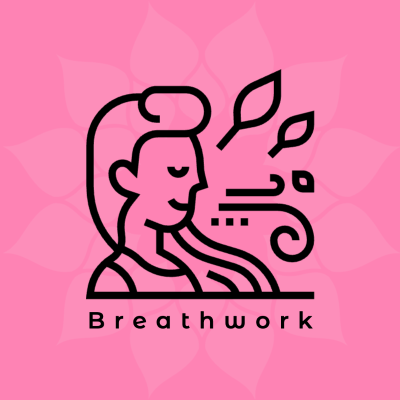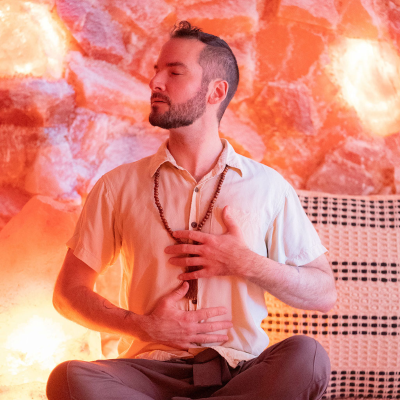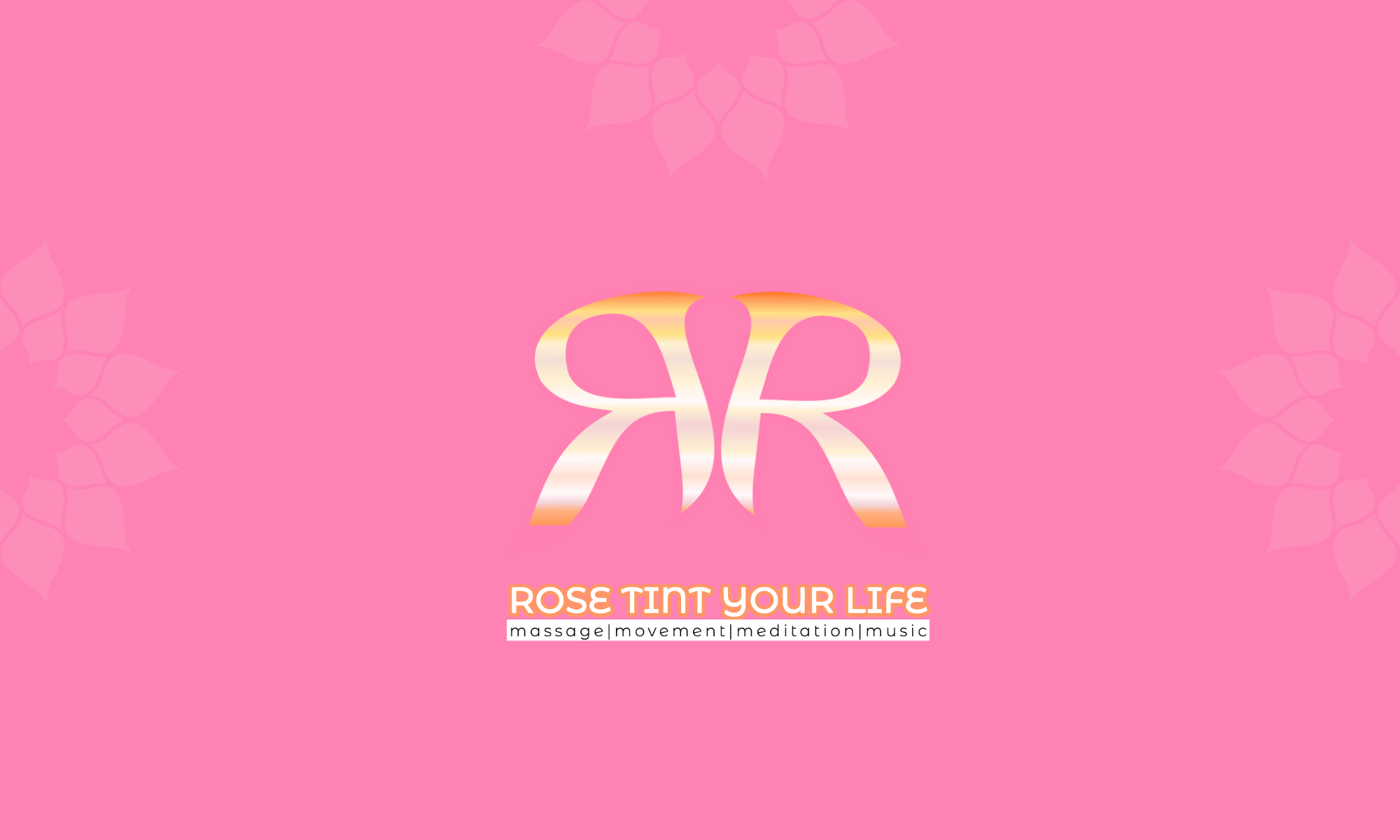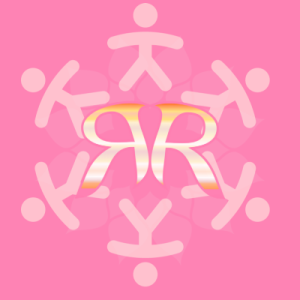Social Life matters
The social life of nearly 5000 Australian women was tracked over a period of twenty years. At the same time, their diagnosed illnesses were also tracked. The results may shock you: poor social relationships are strongly associated with illness. The importance of social relationships is a major factor in health and well-being.
About the study
The study, “Social relationship satisfaction and accumulation of chronic conditions and multimorbidity: a national cohort of Australian women” was published on 21 February 2023. It presents the results of twenty years of research.
Background Social relationships are associated with mortality and chronic conditions. However, little is known about the effects of social relationship satisfaction on multiple chronic conditions (multimorbidity).
Multimorbidity
First of all, let’s define multimorbidity. Multimorbidity is when a person has multiple chronic conditions. This would mean having both depression and heart disease at the same time. Or, being obese and having cancer. Chronic diseases are diseases that cannot be cured. They can be managed, but once they are diagnosed, they’re with you for life. In aging populations, like those of Europe, there are large numbers of people living with multimorbidity. Social relationships and health will be at the forefront of anti-aging medicine in the next two decades, I predict
Multimorbidity is an unfortunate reality one sees first-hand when working with Manual Lymphatic Drainage and Oncology Massage. Rarely will a patient present with only a tumor, for example. Of course, it’s the medical team who looks after the pathologies. But the holistic massage therapist can support some elements of the social life of the patient. Not by befriending them, although of course, a relationship does grow. The support comes more in the sense of holding space, active listening, and coaching with emotional intelligence.
Social relationships
The researchers define social relationships as either structural, functional, or qualitative. Structural refers to the number of friends, and being married or not. Functional refers to people’s sense of being supported and loneliness. Qualitative refers to how a relationship is perceived. As the quote says, it is better to be alone than in bad company.
5 examples of social relationships could be a spouse, a child, a cousin, a friend, or a trusted colleague. Each of these relationships would then be classed within the structural/functional/qualitative scale.
This study demonstrates that the quality of these people’s social relationships plays a role in the development of these illnesses. As they write:
“We have demonstrated a dose-response relationship between social relationship satisfaction and the accumulation of multimorbidity from midlife to early old age, which was only partly explained by socioeconomic, behavioral, and reproductive factors. Social connections (eg, social relationship satisfaction) should be considered a public health priority in chronic disease prevention and intervention.“
Emotional Intelligence for healing
What this study is really telling us is that we are more likely to get sick if we don’t have healthy social relationships. So, the question is: What do we do with this information?
The path of healing is long and multi-faceted. Yoga philosophy begins with certain ethical pillars about how we treat ourselves and others. I suggest that we use the Yamas and Niyamas to guide us. These are simple things like telling the truth, seeking enjoyment in life, and not harming others. I say simple, but many of the social problems that we encounter, especially as we age, have to do with basic principles of decency, kindness, contentment, and honesty.
Self-knowledge
The art of Self-examination, with the goal of Self-knowledge, is a very worthwhile pursuit, and will often help to put order to your social life.
When you start to look at your social relationships, it often stings a little. It always takes two to tango, and if a relationship has failed, it usually has to do with both people. (Unless, of course, your best friend sleeps with your husband or something like that…)
You may decide to make repairs with someone who has drifted away. You may decide to cut ties with that certain frenemy. You may decide to use clearer language around boundaries with a friend who doesn’t show up for you when you need it. There are myriad ways that knowing yourself will help you get to know other people who are kindred and true friends.
Energetic-emotional body
Using emotional intelligence and active listening, I can offer you a safe space in which to voice thoughts and feelings that might otherwise remain unsaid.
Referring to the qualitative element of social relationships, it is curious how we can sometimes have loads of people around us, but no one to talk to. If there is unhealed trauma, even marriages can feel incredibly lonely. That is why having a discreet and professional therapist can be so helpful. And no, I am not a psychologist, and I don’t pretend to be.
With my long studies in yoga and vibrational healing, however, I can usually offer some pretty helpful insight about the energetic-emotional body and where different emotions sit and/or manifest. Bodywork, in fact, gives a unique insight into emotions precisely because it deals with somatized stress and unexpressed feelings.
Massage is a stress-buster
Let’s not forget that massage directly helps to bust stress by flooding the body with the feel-good chemical oxytocin. Oxytocin is the natural antidote to high cortisol levels, and just bringing the stress levels down a bit will probably help your relationships. , Of course, a massage isn’t going to heal all this. But, it can certainly take the edge off embodied stress and help you feel safer and softer. The added combination of sound therapy brings new resonance to your lived experience!
Why this matters to Rose Tint Your Life
Rose Tint Your Life is a concept of how to live well. I am not a fan of the “cult of positivity”. In fact, I think that it is unrealistic and impossible to be always positive. There are quite a few thinkers who share this opinion. We call it “Grounded Spirituality”. If you’re interested, check out Jeff Brown‘s work.
Massage is my “vehicle”, but my message is about the unity of body, mind, and spirit. I happen to start with the body because a sore, tense, traumatized body will never support a peaceful mind or serene spirit. This is in keeping with the yoga sutras, which use yoga âsana to bring about stillness in the body, with the specific aim of allowing us to practice meditation.
This study is helpful for those of us who are working in grounded spirituality. It helps us to understand how important connection, companionship, and support truly are. Furthermore, it demonstrates that our feelings do have an impact on our health.
Rose Tint Your Life by nurturing your social relationships. And if you’re feeling stuck, get a massage. It is a simple, low-tech, reliable way to feel better. And, if you’re with a grounded therapist, so much the better! 💚
Conclusion
If you think that your social relationships could do with some sprucing up or paring back, and you’re not sure how to start, maybe just start with looking after yourself. You can always get in touch with me via the Whatsapp button on my contact page. I look forward to seeing how we can work together. Sending good vibes from here,
-Rachel




